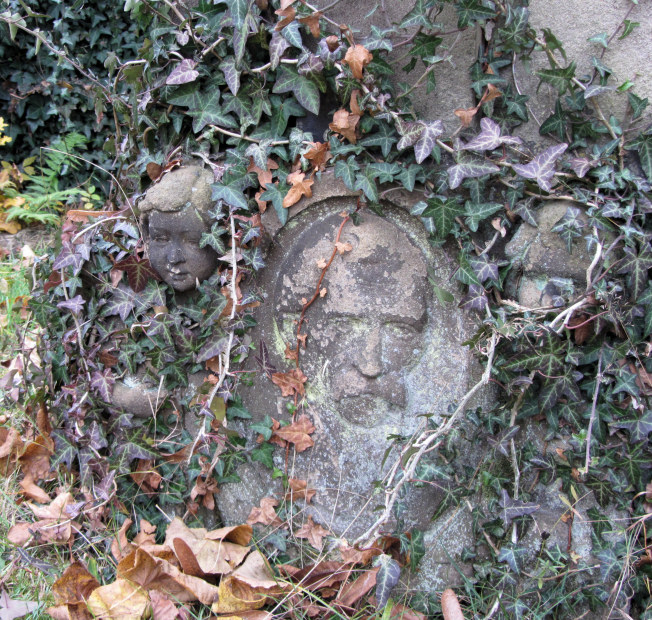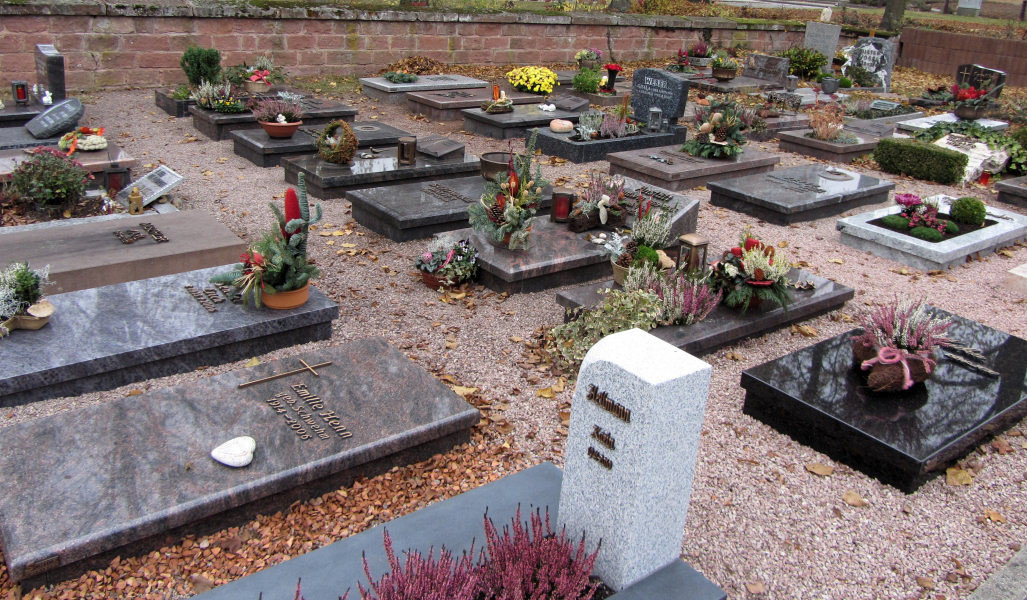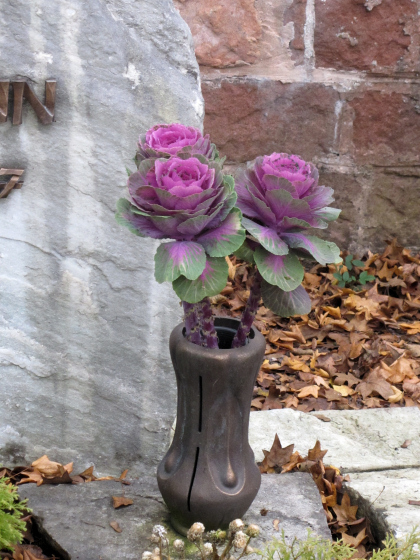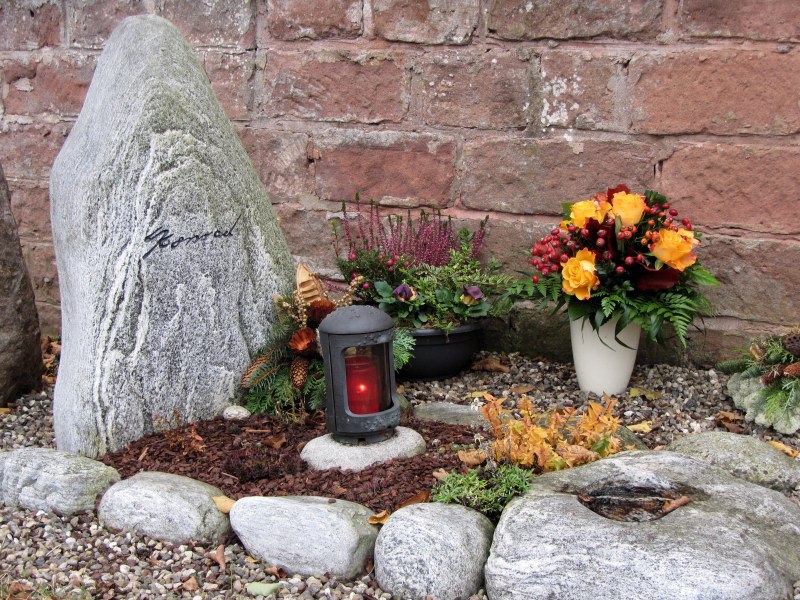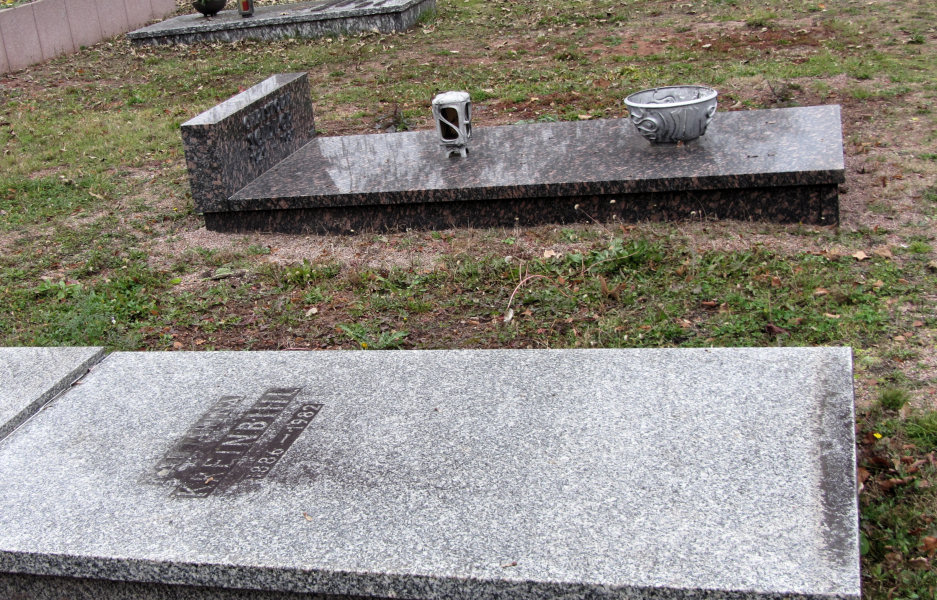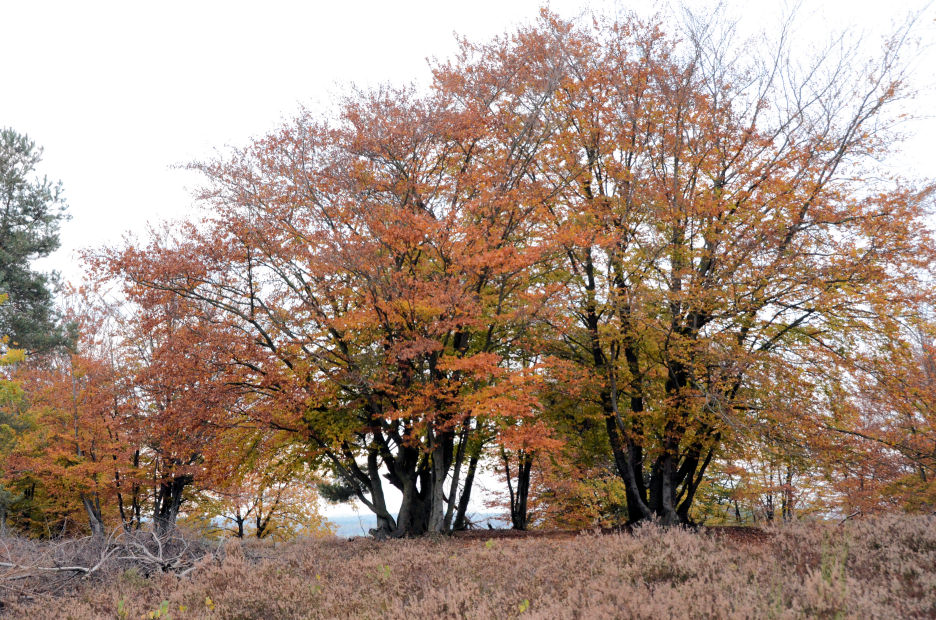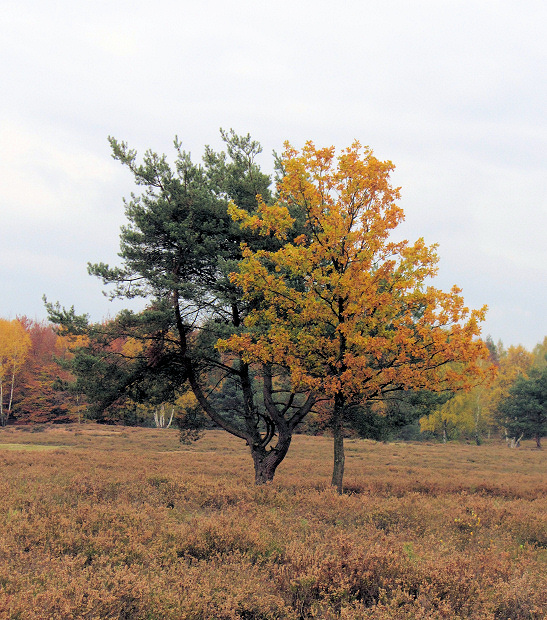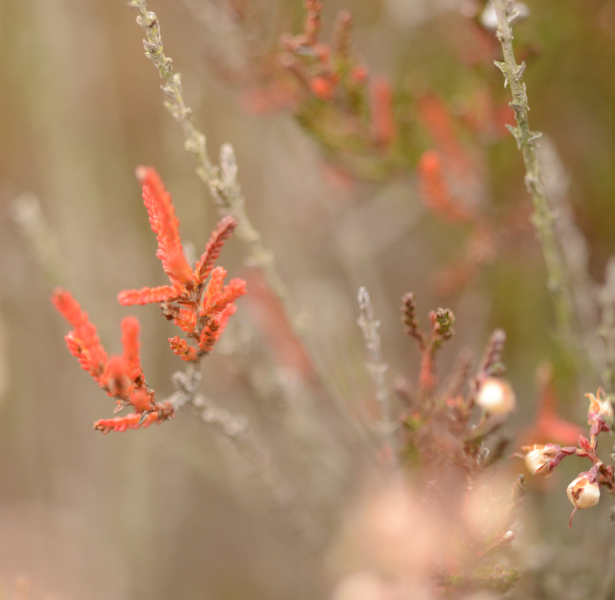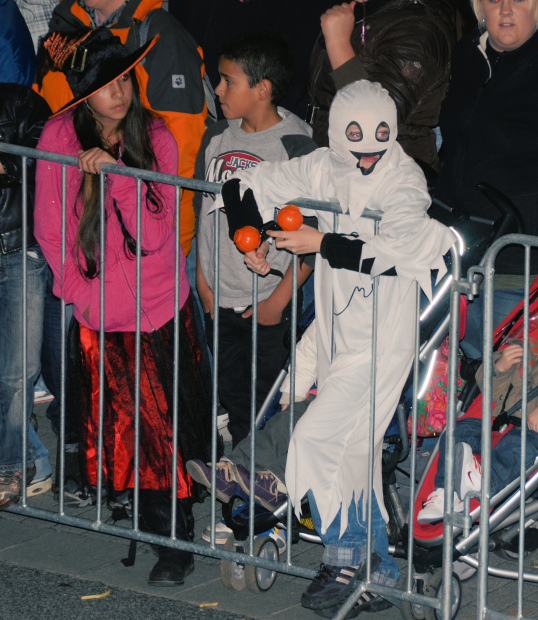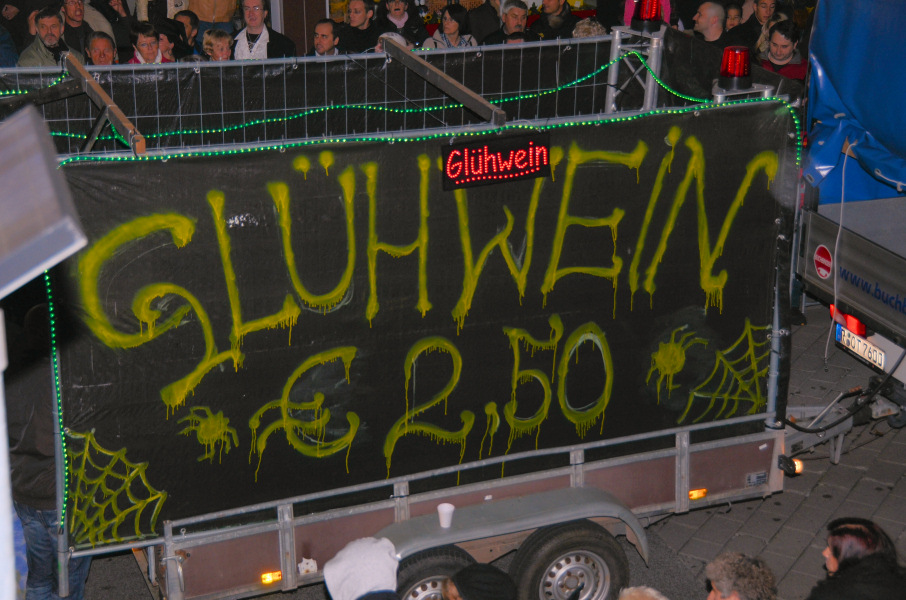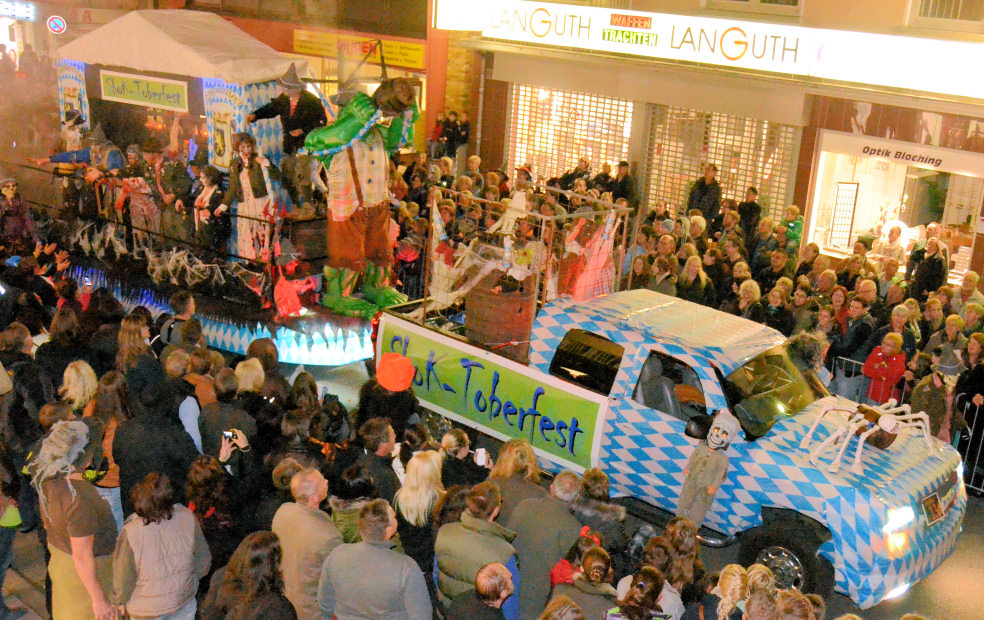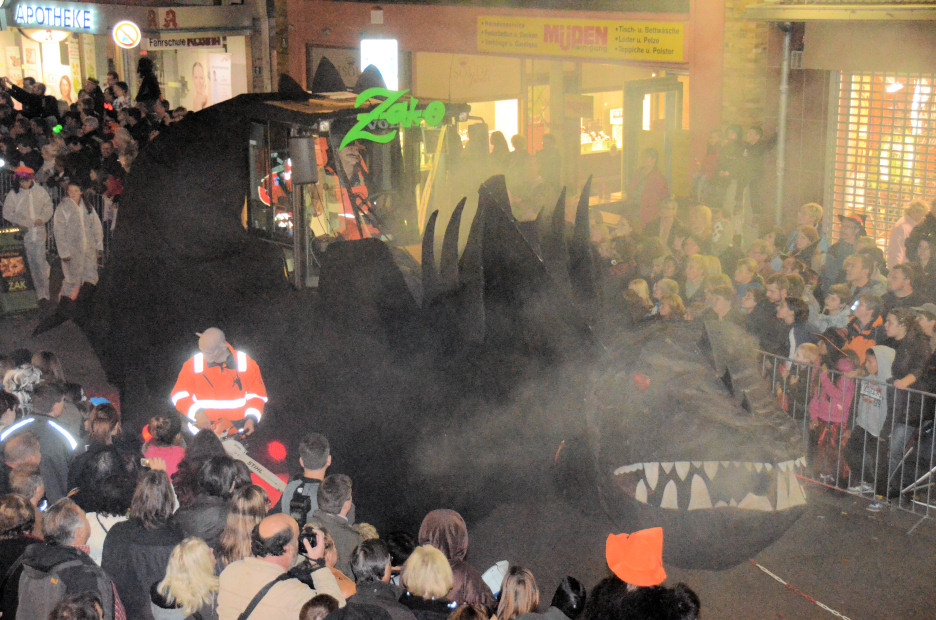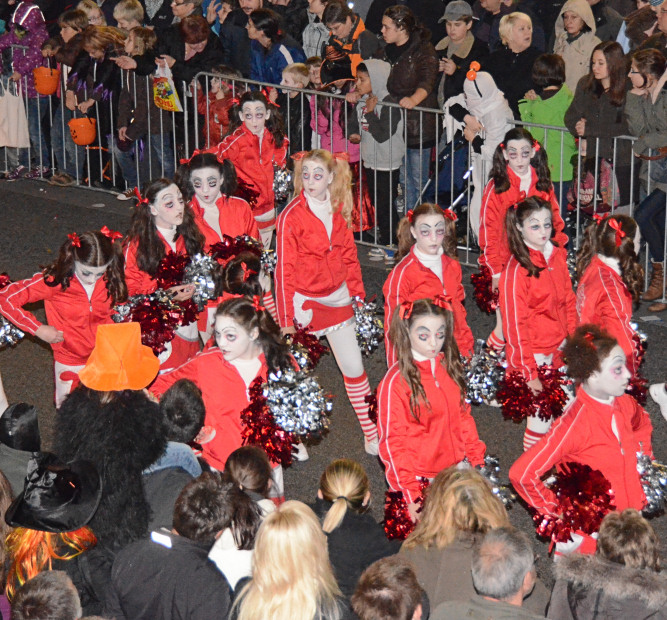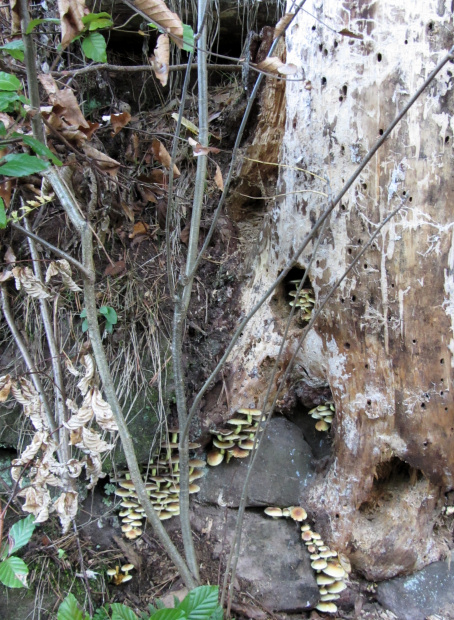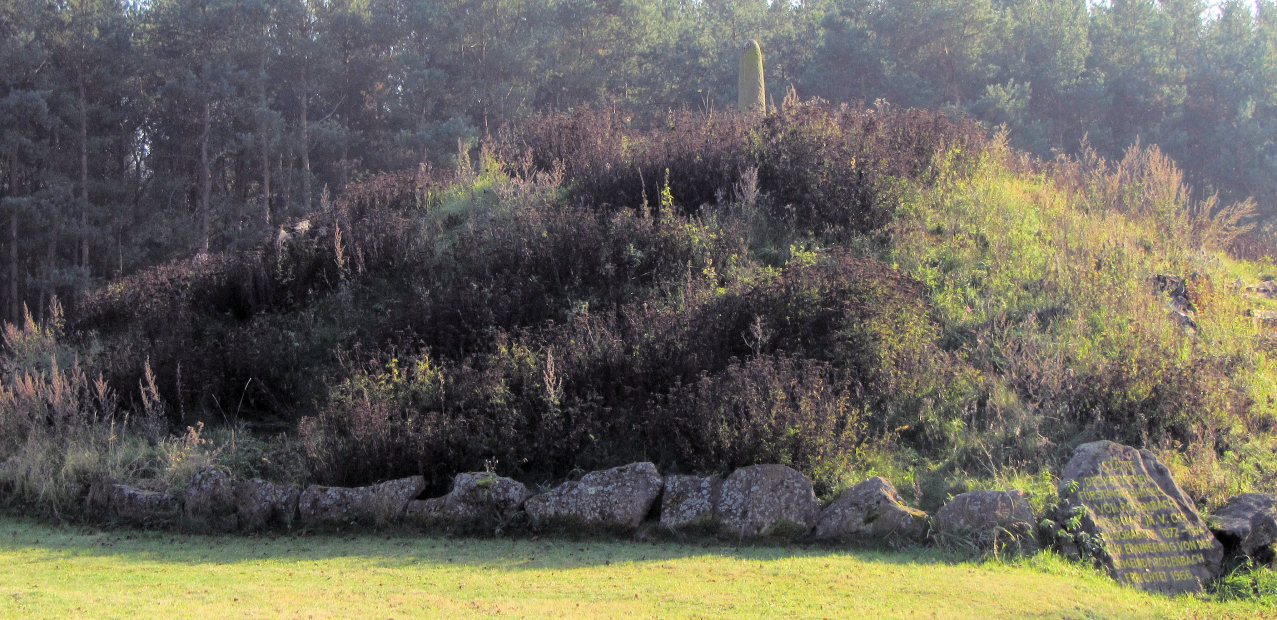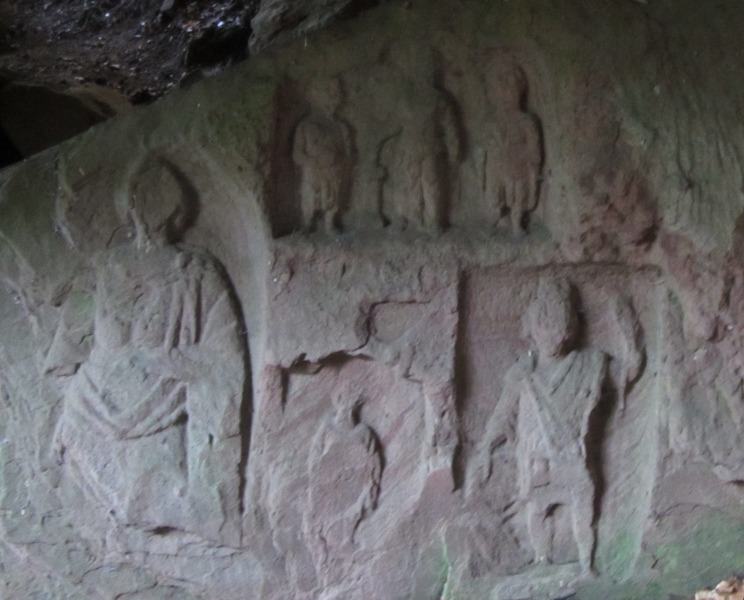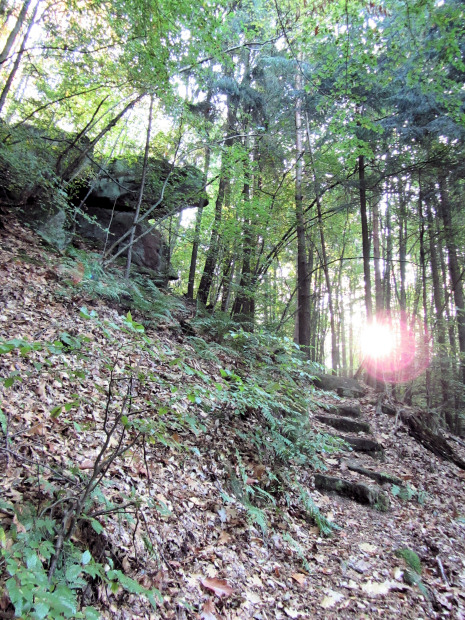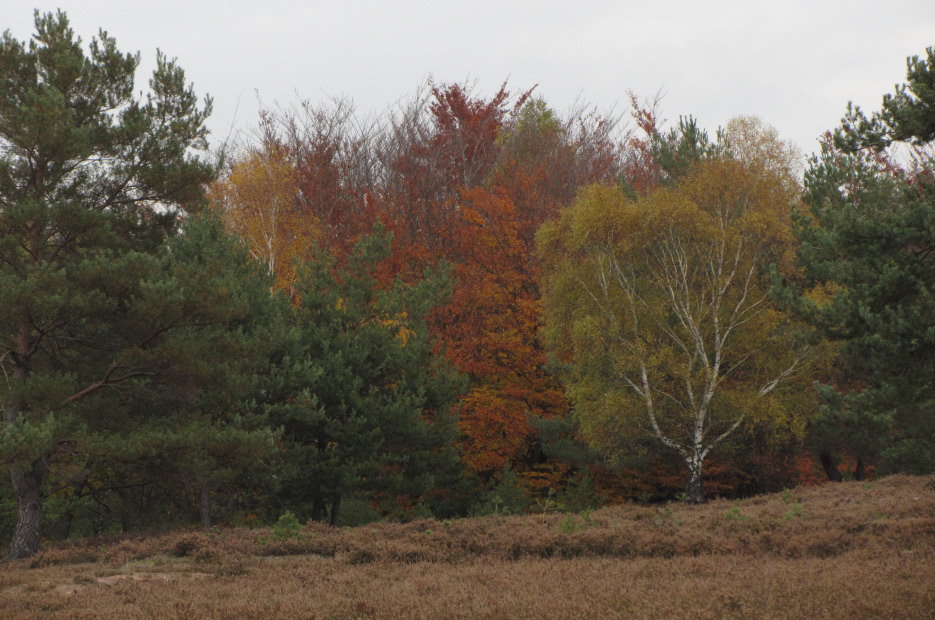
When we place a city on the imaginary globe in our minds, we tend to think first in terms of weather. Kaiserslautern, Germany, has a wonderfully mild climate: the average daytime temperature in winter here hovers several degrees above freezing. That puts it on a par with places like Atlantic City and Baltimore. Really, how far north can it be?
Answer: way far north. Sweater-weather Kaiserslautern is north of the 49th parallel: 49° 26′, to be exact. This is further north than Minnesota, Glacier National Park, and snowy Buffalo, New York. It’s even further north than a number of major Canadian cities like Toronto, Montreal, and Halifax. And now is the time of year when we start to notice.
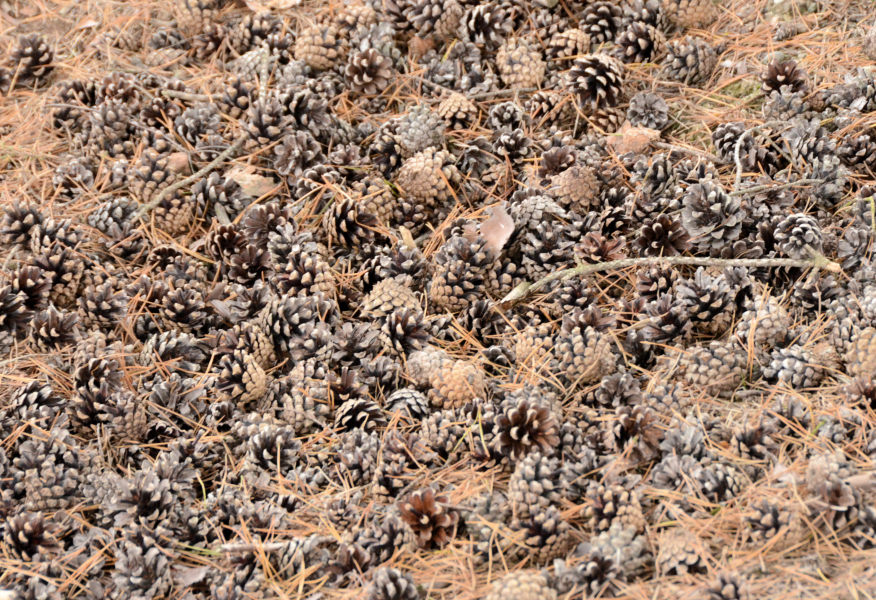
German clocks fell back this weekend, and commuters are now driving home in the dark. Since I got here in late August, we’ve lost over four hours of daylight. By the time we get to the winter solstice, the sun will be working an eight hour and ten minute day. No wonder the trees have given up on photosynthesis.
But it gets darker.
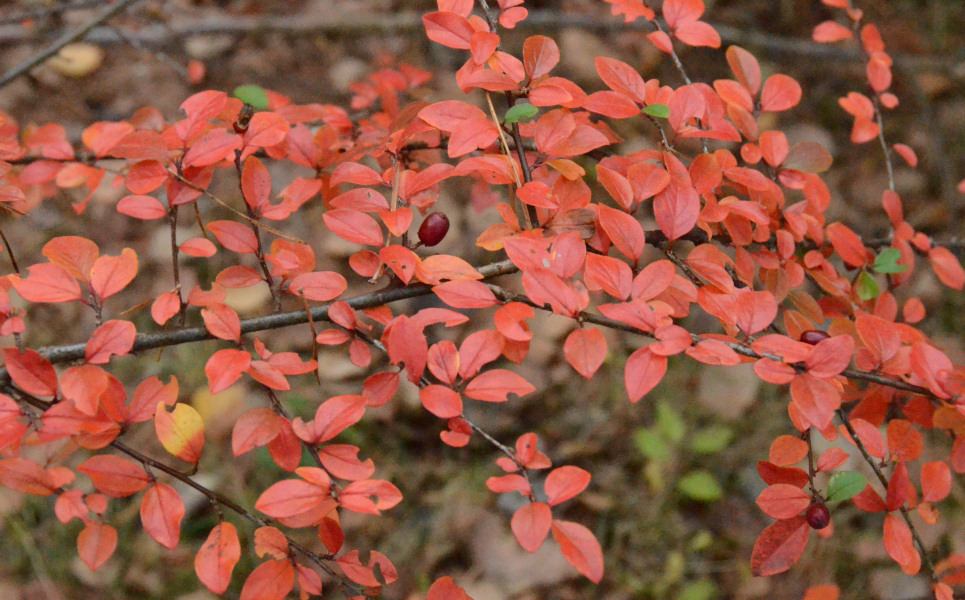
The fact that we live on a ball has implications beyond sunrise and sunset. Only at the equator does the sun strike the earth at ninety degrees and make the dawn come up like thunder. In the far north during the summertime, the sun doesn’t set at all, and if you slide down the globe, twilight lingers all night. Germany isn’t that far north, but it does receive a generous allotment of “the blue hour” during the summer. In the winter? Not so much.
Nautical twilight is the time after sunset when sailors can still make out the horizon. At the summer solstice, Kaiserslautern enjoys over three hours (214 minutes) of nautical twilight, but at the winter solstice, nautical twilight shortens to a mere 158 minutes. This means that in addition to losing over eight hours of daylight between June and late December, Kaiserslautern loses almost an hour of twilight too.
What fills in the gap? Lots and lots of night. So nature is settling in for her long sleep.
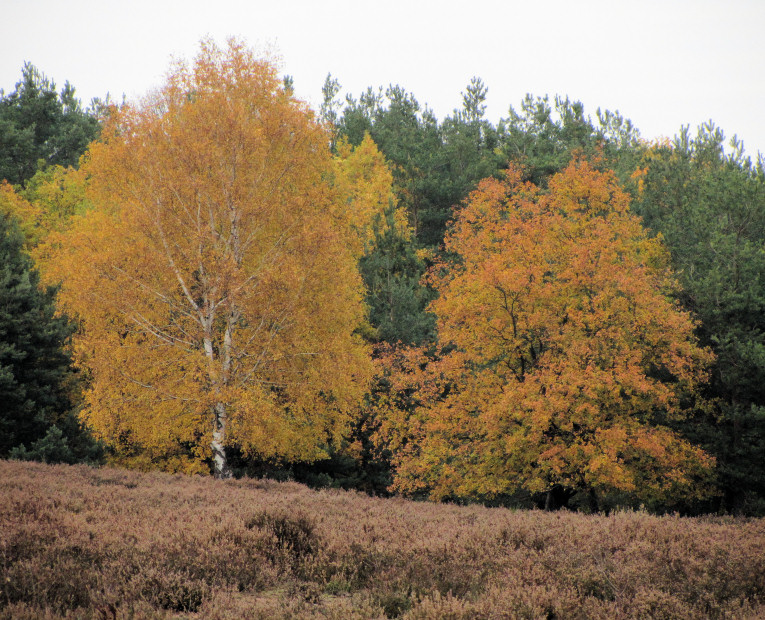
To read my latest blog posts, please click on the “Green and Pleasant Land” logo at the top of this page. Photos taken in October, 2011, at Mehlinger Heide, Mehlingen, Germany. Text and photos copyright 2011 by Joseph R. Dunkle and Clare B. Dunkle. Statistics on sunrise/sunset and twilight times from Timeanddate.com.

